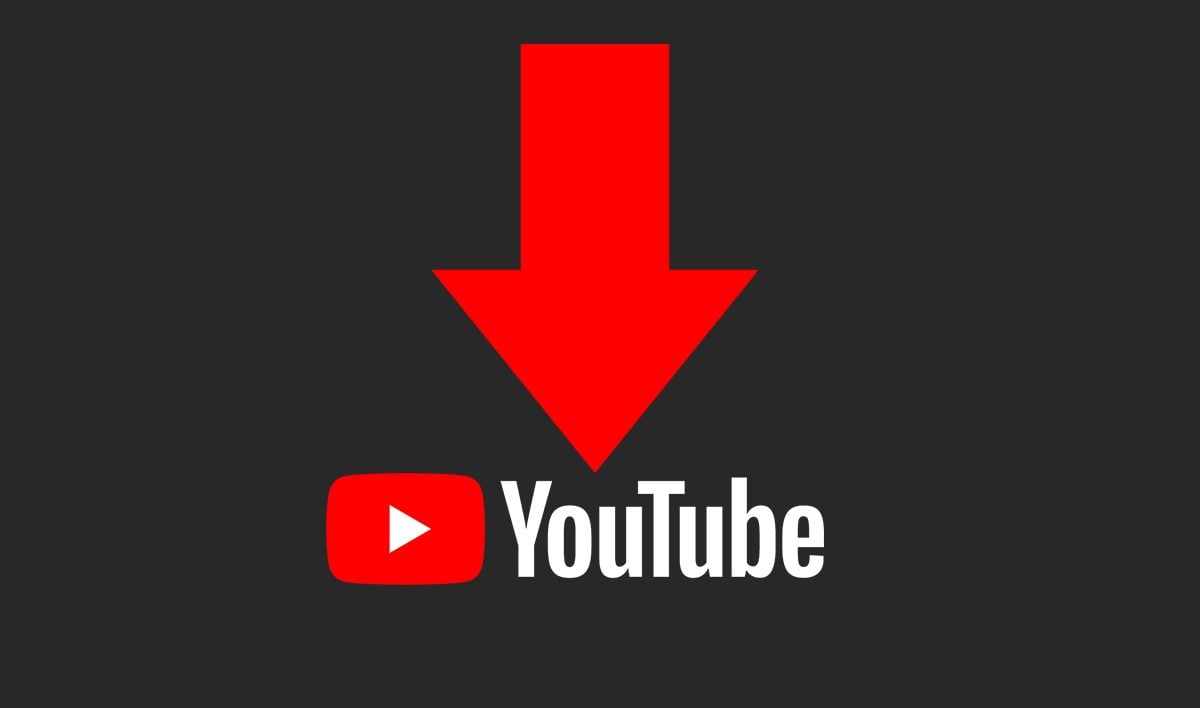How Schema Markup Can Help Your Article
Schema markup is a code that helps search engines understand the content of your article better, enhancing the chances of rich snippets and better visibility in search results.
What Is Schema Markup for Articles?
Schema markup for articles is a way to provide search engines with additional information about the content of your article, such as the title, author, date published, and description. This allows search engines to understand the context of your article better and present it in a more user-friendly way in search results.
Example of Article Schema Markup
Here is an example of what schema markup for an article looks like:
{
"@context": "https://schema.org",
"@type": "Article",
"headline": "How Schema Markup Improves SEO",
"author": {
"@type": "Person",
"name": "John Doe"
},
"datePublished": "2024-11-10",
"description": "This article explains how schema markup can boost your article's visibility in search engines."
}
How to Implement Schema Markup in Your Article
To implement Schema Markup, you need to embed the generated JSON-LD code within the <script> tags in the <head> or <body> of your HTML document.
Example:
<script type="application/ld+json">
{
"@context": "https://schema.org",
"@type": "Article",
"headline": "How Schema Markup Improves SEO",
"author": {
"@type": "Person",
"name": "John Doe"
},
"datePublished": "2024-11-10",
"description": "This article explains how schema markup can boost your article's visibility in search engines."
}
</script>
Benefits of Using Schema Markup
- Improves visibility in search engine results
- Helps search engines understand the context of your content
- Increases the chances of appearing in rich snippets
- Enhances user experience by providing structured information
Conclusion
Schema Markup is an essential tool for enhancing your article's SEO and visibility. By using the generator provided, you can quickly create the necessary structured data for your articles and embed it in your webpage.








